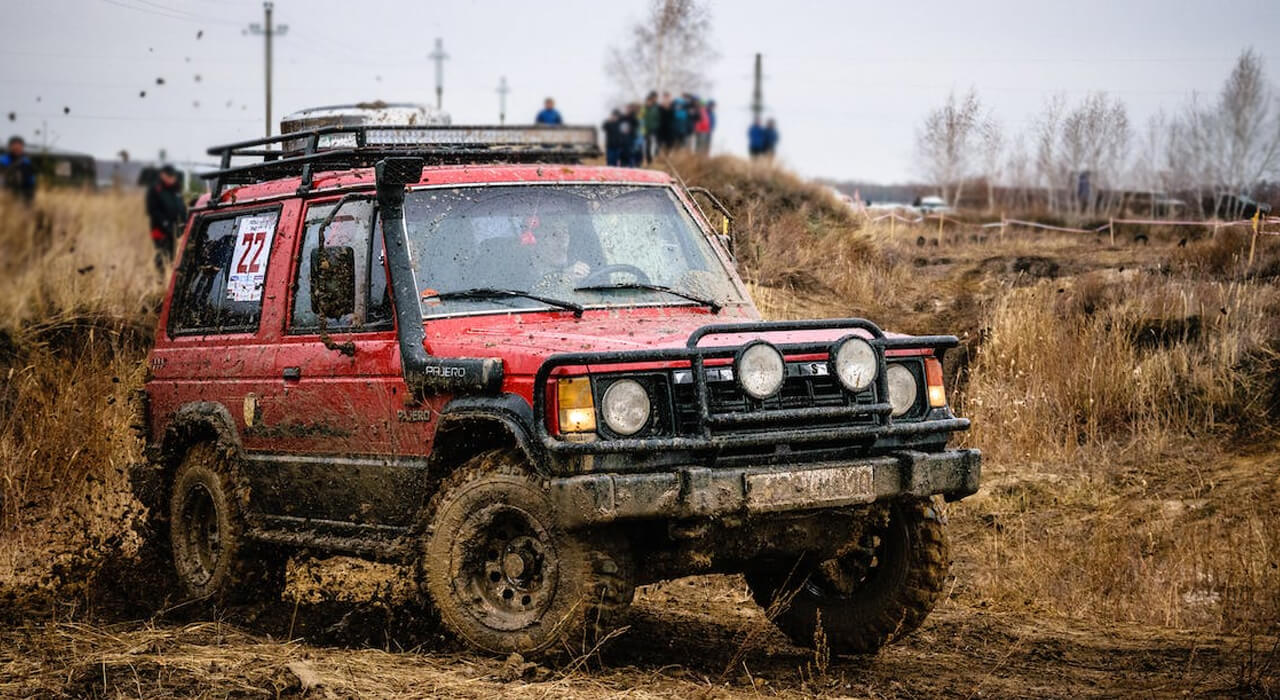The real test of driving skill occurs in beaten (and often) unforgiving paths. Some may agree that you can’t become a full-fledged motorist if you haven’t tried off-roading. Driving down trails of mud, dust, and all kinds of debris is as challenging as it is dangerous, but the experience can also be rewarding.
If you’re new to off-road driving, you will find the idea not worth the risk. However, it can be addictive once you’ve given it a try. Not only will you be able to appreciate nature, but it’s also a chance for you to enhance your ability to operate a vehicle in rugged conditions and adapt to unexpected terrain. These are skills you will want to bank on during emergencies. The guide below gives you a brief overview of the most essential tips when going off-roading:
1. Be familiar with the risks
An off-road adventure is hardly a smooth road trip. It will take you into dense forests and steep uphill ascents. Other than that, you may also encounter wildlife along the way. Deer and other creatures could be a thing of beauty or a major threat to your safety. If you come to think of it, off-roading itself is hardly safe, but learning about the possible hazards you may encounter can help you become more cautious and prepare for any scenario.
Suggestion: Top 5 Reasons Why Your Car Won’t Start – Causes & Solutions
2. Know if your vehicle is (off)road-worthy
Not all vehicles are built to withstand off-road conditions. Compact cars and certain sedan models are not designed for wading through mud and navigating uneven terrain. If you’re going to practice off-roading, you’re better off operating vehicles with higher-ground clearance such as a jeep.
A pick-up truck should also do well outdoors so long as it has the right modifications. Opt for a lifted suspension system or select a range of ARB bumpers to provide additional protection to the vehicle.
3. Choose the right routes and trails
Since it’s your first-time off-roading, you wouldn’t want to find yourself in unfamiliar territory. A rookie mistake is to assume that off-road driving involves getting lost and finding your way out. You need to look for routes that offer fewer hazards. Look for a national park near you with the best and easiest trails.
Once you’ve picked one, make sure to follow the rules since there are protected areas you’re not allowed to drive through. These could be wildlife sanctuaries or hazardous areas. As much as possible, follow only official trails.
4. Learn the right skills
During your off-road adventure, you need to practice using the four-wheel drive features of your vehicle. This is particularly useful when you’re driving on bumpy trails, but they also do well on slippery and snow-covered routes.
Other than four-wheel drive, you should learn how to drive uphill. This requires a great deal of practice, especially if you’re operating a manual vehicle so start with lower elevations and work your way towards steeper climbs.
Endnote
When going on an off-road adventure for the first time, make sure you know the essentials first. Not only will this ensure safety but it also helps you develop the confidence you need to drive outdoors.







